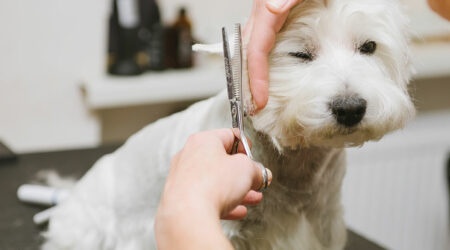
Everything to know about gallbladder disease
Gallbladder disease can be any condition that disturbs the functions of the gallbladder, a small organ in the digestive system that stores the bile fluid that the liver produces. The disease is caused due to the formation of gallstones that further block the flow of bile, causing inflammation and pain in the abdomen. Since the bile ducts annex the gallbladder with other organs in the digestive system, the disease can damage other organs too.
Causes
Gallbladder disease occurs when the organ is infected, swollen, or irritated. It typically happens when the gallstones are lodged in the bile duct, and the bile is trapped in the gallbladder, resulting in pressure and irritation. Gallbladder tumors may cause blockages, but these are mostly rare. A few risk factors that are potential causes of gallbladder disease include:
- Eating cholesterol-rich meals
Cholesterol gallstones composed of surplus cholesterol in the gall bladder are the most prevalent type. - Being over 60
Gallstones are relatively more frequent in people above 60. - Being female
Women are twice more likely to develop gallstones than men. Extra estrogen, primarily during pregnancy, adds cholesterol and reduces the gall bladder emptying process. - Familial link
One in four gall bladder diseases is hereditary. Experts say that as many as twelve genes may be involved. - Diabetes
People with diabetes are two to three times more susceptible to developing gallstones because of higher fatty acid levels. - Crohn’s disease
People with Crohn’s disease are twice as likely to develop gallstones because of their reduced ability to absorb bile salts that break the cholesterol in the gallstones. - Liver cirrhosis
The late-stage live disease slows the bile flow from the liver to the gall bladder, resulting in the build-up. - Sickle cell disease
This causes a bilirubin build-up in the gall bladder, resulting in less-prevalent pigmented type gallstones. - Total parenteral nutrition
Those fed intravenously for health reasons are susceptible to bile build-up in the gall bladder because of the lack of digestive system activity. - Cholesterol-reducing prescription treatments
These lower the cholesterol in the blood but cause a build-up in the gall bladder.
Symptoms
Biliary colic is an intermittent pain and one of the most common symptoms of gallbladder disease. Usually, the patient experiences a gnawing pain or steady, gripping pain in the upper right abdomen near the rib cage, which often radiates to the upper back. Sometimes people with biliary colic feel pain behind their breastbone. Vomiting and nausea are also related signs.
Approximately one to three percent of people with symptomatic gallstones develop gallbladder inflammation. It occurs when the sludge or stones block the duct. Its symptoms resemble those of the biliary colic. However, these are more severe and persistent. About 33 percent of people also experience chills and fever. Vomiting and nausea may also occur.
Some other signs include nausea, gas complaints, chronic diarrhea, and abdominal discomfort after meals. Stones in the bile duct may also trigger symptoms similar to those produced by stones that lodge in the gall bladder. These may also result in:
- Nausea, fever, vomiting, and chills, with pain in the upper right abdomen
- Jaundice
- Abrupt blood pressure drop
- Rapid heartbeat
- Lighter stools, dark urine, or both
Diagnosis
Firstly, the doctor will ask about the symptoms and perform a physical examination. Further, they may order an ultrasound for diagnosis. It can help detect gallbladder wall thickening, fluid around the gallbladder, and gallstones. If you do not see any relief from symptoms, the doctor may recommend a blood test for further checks. Beyond this, they may also order imaging tests like MRI or CT scans if unsure about the diagnosis.
Treatment options
Here is a list of treatment options doctors may advise for gallbladder diseases:
- Pain subsiding options
In acute gall bladder attacks or biliary colic, doctors may recommend some prescription pain treatment options to manage symptoms. - Endoscopic intervention
Health professionals can fix minute gallbladder issues with an endoscope before surgery. A EUS or ERCP exam can detect stones, tumors, or blockages that may be causing concern. During such problems, the doctor may remove gallstones, take samples for biopsy, or open up bile ducts by placing stents. - Surgery
It is the only effective and permanent solution for persistent gallbladder disease. It involves gall bladder removal.
It is recommended to consult a specialist to diagnose and work out a treatment plan to manage the condition.




